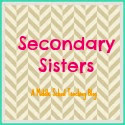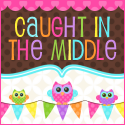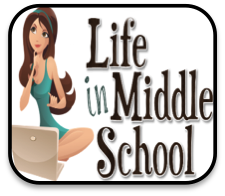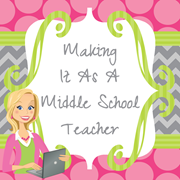We are officially working in our Social Studies Department PLC this year on the goal of raising standardized test scores in the informational text strand for a selected target population group. Holy smokes! Our goal is to help 75% of our identified students become proficient in this by the end of the school year. Why?!? (I often need to remind myself of the why, as this is quite the process…)
I am lucky to work with a group of teachers that firmly believe that they too are teachers of reading in their secondary content area classes. We do not just teach students dates, places, and battles! Our team integrates literacy within social studies to help students use text evidence to support their arguments, summarize main ideas and central messages, evaluate how word choices and structure contribute to the author’s purpose, and offer deep analysis regarding context and audience. At least this is what we are trying to do, anyway :)
Everyone should go get a MEd in Reading and Literacy! The things I have learned over the past fourteen months have made me ten times more effective as a teacher. Not that I am counting down, but only eight more months to go! When a get a free minute (ha!) I will share some specific activities my 7th grade kiddos have been working on this year that integrate literacy and American History.
How are you integrating literacy into your secondary content area class?
-Mrs. K
-Mrs. K













